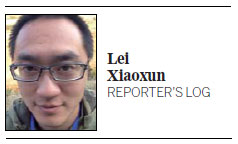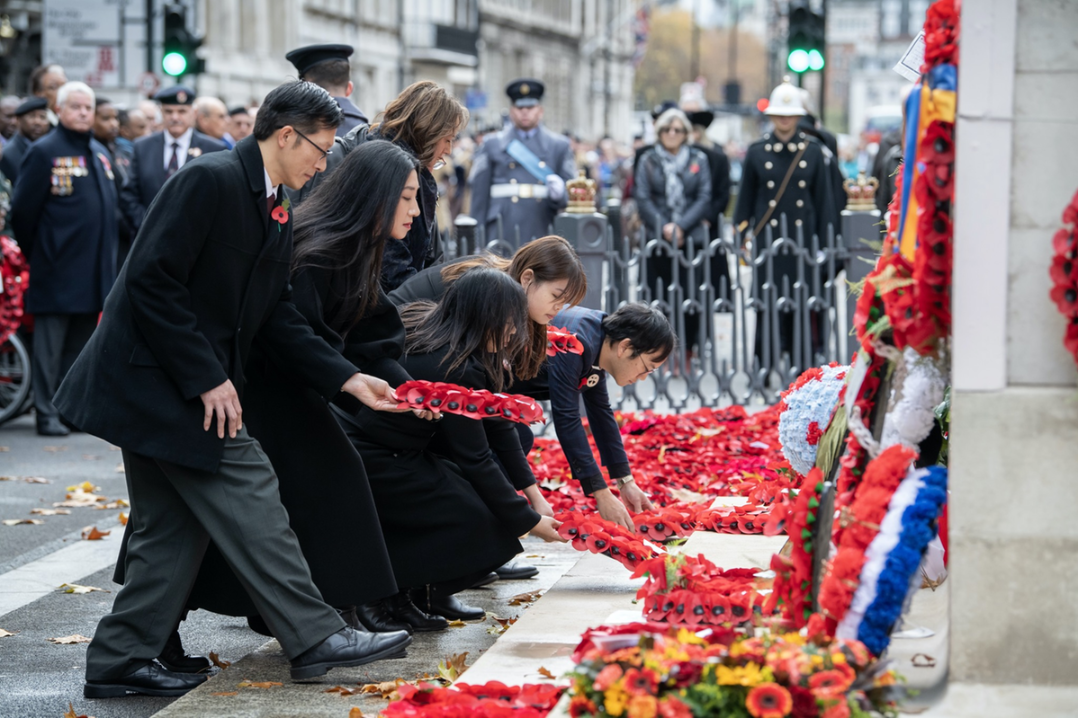Spirits help to soak up atmosphere

I'm a huge fan of ancient culture, so visiting places like the British Museum in London always leaves me with a sense of excitement.
Yet never have I been so thrilled as when I was granted a media pass to enter what is believed to be the tomb of Marquis Haihun, which is being excavated in Nanchang, Jiangxi province.
Inside, it is cold but not freezing, and tranquil but not spooky, even though the remains of what archaeologists say may belong to Liu He lay just centimeters away. I could even see the rotten texture of coffin planks.
Part of the coffin is in its original shape. Experts say they expect to find a large amount of jade inside, as according to tradition, people during the Western Han Dynasty (206 BC-AD 24) believed jade could preserve the body and soul of the deceased.

Huge wooden beams from the chamber's ceiling, each about 8 meters long and 30 cm thick, were scattered on the ground.
Journalists were allowed to find suitable positions inside the tomb to take pictures, but the on-site specialists have been constantly reminding us that we should not step in certain areas, as small objects may still be buried.
On the path around the coffin, archaeologists have already found several jade objects and a crushed bronze jar handle.
I stood side by side with Xin Lixiang, who is leading a team of experts to observe the excavation; Xu Changqing, director of the Jiangxi Archaeological Research Institute; and Yang Jun, head of the excavation team. I was watching them argue over some details of how to proceed in removing gold plates from a part of the coffin.
Every day, new items have been discovered and retrieved from the site, and journalists have been among the people to see the preservation process. It is a first for Chinese archaeology.
I could smell the pleasant scent that some specialists say was coming from the fragrant camphorwood, a locally grown material used to make coffin planks and wood structures in burial tombs. People who have been working here for a long time say only a few of them have detected this light smell.
I wasn't afraid to get into the tomb because I'd been drinking baijiu, the Chinese liquor. This is based on a Jiangxi custom. Locals tell me the alcohol can help to maintain the yang energy (opposite to yin, which they say is stronger in tombs).
In truth, I'm not drinking because of that superstition; I drink because I know moderate alcohol consumption can enhance the senses to a certain extent. It may help me to think faster and take in more of the atmosphere.
I feel intellectually high whenever I recognize an object and I know its function, its origin, and the techniques or even materials used to make it. In preparation for covering this event, I digested books, pictures, news reports and essays on earlier Western Han dynasty digs - it may be the only chance I get to cover the discovery of what is believed to be a royal tomb.
Am I turning from a journalist into an archaeologist? Maybe.
(China Daily European Weekly 01/01/2016 page25)
Today's Top News
- New engine powers cargo drone expansion
- China to boost intl cooperation on green tech
- Factory activity sees marginal improvement in November
- Venezuela slams US' 'colonial threat' on its airspace
- Xi: Strengthen cyberspace governance framework
- Takaichi must stop rubbing salt in wounds, retract Taiwan remarks






























